ROOF VENTS
You probably already know that good air circulation in your attic has year-round benefits (click here to learn more about attic air circulation) but understanding the various ventilation options can be a bit confusing. In this post, we break down common ventilation components and describe what each is used for.
INTAKE AND EXHAUST VENTS
Attic ventilation is divided into two categories – intake vents and exhaust vents. Intake vents draw outside air into the attic while exhaust vents allow hot, moist, or stagnant air to flow out of the attic.
INTAKE VENTS
SOFFIT/EAVE VENTS
Intake vents play an important role in keeping your attic cool in summer and dry in winter! Intake vents are typically installed at the soffit or eave. These vents draw external air into the attic.
I caution homeowners to verify that all soffit and eave vents are properly installed. Too often we find external vents are blocked (holes are not cut thru to the attic space).
Don’t assume you have ventilation just because you see ventilation screens or vents at the eave. Always check!
Additionally, we find vents are blocked by insulation within the attic because baffles are not installed or are improperly sized.
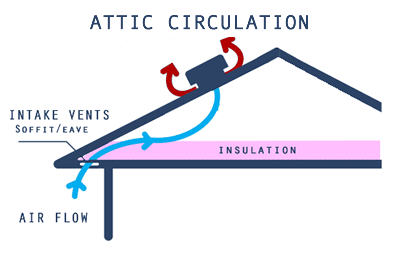
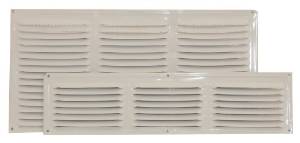
EXHAUST VENTS
STATIC ROOF VENTS
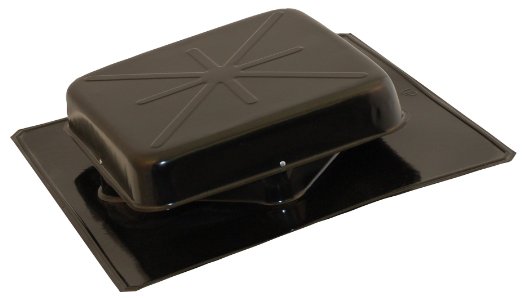
RIDGE VENTS
Ridge vents also called Ridge Cap Vents are in stalled as you might guess, at the ridge of the roof. Ridge vents are often covered by the roofing material used on the rest of the roof making them blend to the look of your home. Designed to avoid the need for roof vents, performance here in the Midwest has been mixed due to sub zero temps and snow levels that can interfere with ridge vent air flow.
When using a ridge vent it is necessary to have an equal or larger amount of intake ventilation from the soffit area of the roof. This allows for air to enter at the lower vents and travel up to the top of the roof as it heats and exits out of the ridge vent. An inadequate amount of soffit ventilation will act to retard the effectiveness of your ridge vent.

POWERED ROOF VENTS (ATTIC FANS)
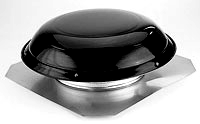
BATHFAN & DRYER EXHAUST VENTS
Bathroom Exhaust Fans and Dryer Exhaust tubes should always be exhausted externally via a dampered roof cap. Never exhaust your bathroom fan or dryer into your attic. The warm moist air exhausted from both of these sources can lead to mold and damage to your roof and home structure.
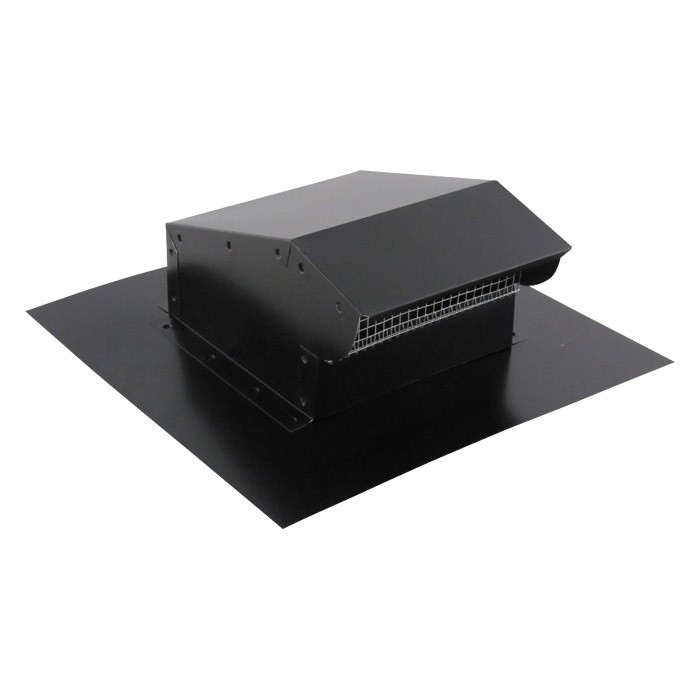
NOT SURE WHAT YOU HAVE INSTALLED?
Call us for a free ventilation assessment today at . We service Chicago and All Suburbs.

